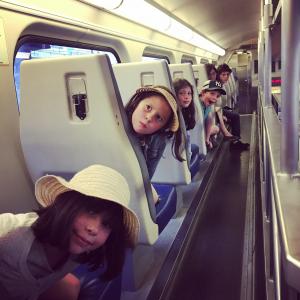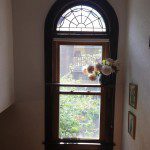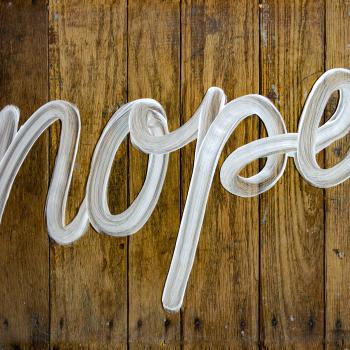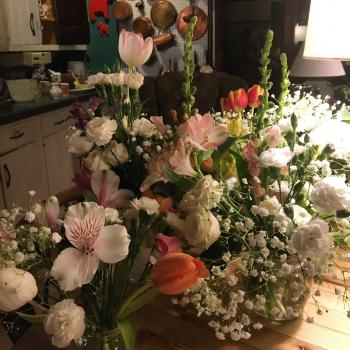We have one more lovely day ahead of us here in fair Virginia. The crepe myrtle are blooming and the sky is clear and bright. Which means that the children are expecting to die of heat exhaustion—it got all the way up to 96 yesterday as we wandered up and down taking in the delights.
By democratic process, after lunching on a verdant and expansive lawn, we turned our steps first to the Museum of Natural History, and then to the National Gallery. The contrast…well, it is the summer and museum season. So I will reiterate my thoughts and feelings about what makes a good exhibit. I just want to be a help.
**************
So there you are, you find yourself in the way of having a lot of expensive and valuable artifacts, those treasured objets that the public so longs to lay their eyes on however briefly and in whatever kind of humor. How should you arrange them? What color should you paint the walls? How many speakers and tv screens will you need to apply for in that grant you will absolutely finally write tomorrow? Here are some guiding principles.
One. The thing that the rabble have trotted out to see should be the Main Event.
Two. You yourself may not even think the thing is that interesting, but if throngs of eager onlookers jostle and clamor to behold it in wonder, it really is.
Three. I mean, you can see how dull and dim are the crowds from the way they languish in front of the treasured item, but you shouldn’t assume you know just from the expression on the face.
Four. In other words, painting every scrap of wall with jungle leaves, constructing enormous wordy, over busy signs and displays all around the thing that everyone’s come to see, as if, when they finally lay eyes on it they won’t understand how important it is, actually diminishes the visual (don’t worry, I’m not going to use the word impact) effect of the thing you are working so hard to display.
Five. By which I mean, you don’t need a red spotlight on the T-Rex.
Six. And you don’t need a big interactive display where you push buttons so that lights come on in a not small enough model house so that there’s a bevy of screaming kids wildly pushing buttons and not noticing the real beehive with real bees one foot away.
Seven. Try to fight against your desire to construct, on the one hand, too polished and comfortable a layout, the soft carpet and smooth curving walls leading you from one crowded room to the next, and on the other hand, artifacts embedded in displays so visually stimulating the public will miss seeing them for what they are.
Eight. By contrast the spare, quiet austerity of the National Gallery, where you linger, foot sore, rapt before each frame—not harried and pressed by a big bright neon sign that cheerfully and condescendingly shouts five things you’d be “exited” to know about the artist and the subject, no button to push that will reel off an informational speech devoid of real knowledge, so that the feelings of regret over pushing the button never diminish—is a healing balm for the mind and soul.
Nine. Why does every museum expressly geared for children have to assume that the child must have a visual firehose of color and information?
Ten. Why can’t there be scope for the imagination? A blank wall, a wide open room with a single enormous dinosaur? A bank of clean bright cases filled with bugs, their names precisely lettered underneath?
Eleven. The museum designer and curator must think I’m stupid.
Twelve. Or be so bored by the subject matter himself that he cannot keep from covering every corner of every room with seven different colors of paint.
Today we’re going to the Museum of the Bible. We shall see, we shall see.













